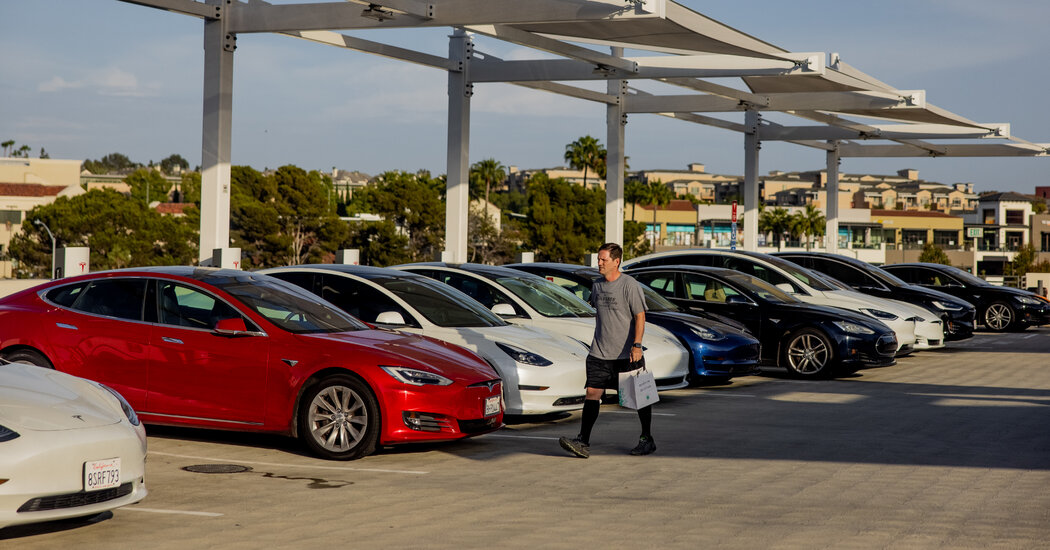FF,In times of market stress it is easy for many to loose sight of the facts and ignore the use of research.
At the 2021 Ai Field Day Anil Mankar said the following about AKIDA technology:
“Our main business model is selling Ai IP….you can test it out (AKD1000) and then size this problem that you’re trying to solve at the sensor….a smaller sensor that is just monitoring humidity, pressure, temperature, that kind of thing needs a very small amount of IP…we actually have a customer (Renesas) with our only licence of IP so far”
So the takeaway from this statement is that Renesas are seeking to make tiny sensors for temperature, humidity or pressure smart.
In May, 2022 in an interview a representative of Renesas said:
“At the very low end, we have added an ARM M33 MCU and spiking neural network with BrainChip core licensed for selected applications – we have licensed what we need to license from BrainChip including the software to get the ball rolling.”
The CEO Sean Hehir has also confirmed in one of his presentations that Renesas is bringing a set of products using the AKIDA IP to market which I personally believe will be smart MCU’s for sensors covering temperature, humidity and pressure.
The use of the term “very low end” is not a derogatory term when used in the technology space where MCU’s sit in the semiconductor industry as they are the lowest cost building blocks of the entire technology industry and are produced in their billions.
The following link explains MCU’s:
Key factors to consider when choosing a microcontroller
When designing an embedded system with an MCU, which one should you pick? Here is a quick overview to help you narrow down your choices.www.microcontrollertips.com
The next link from Statista provides some numbers around the size of the market for low end MCU’s.

Global temperature sensors market size 2022 | Statista
This statistic represents the projected size of the global market for temperature sensors from 2016 to 2022.www.statista.com
Now if you are still with me up to this point you will no doubt remember in the last few days the excitement of Tim Llewellyn as to the extreme levels of performance Nviso was achieving using AKD1000 compared with everything else they had trialled to date and pointed out in the Q&A that the Nvidia CPU which was still running some of their Apps was getting 20 to 25 frames per second while AKD1000 was running at 250 frames per second in that demonstration but in another at 1,000 frames per second. What he did not mention was that AKD1000 was doing its thing without the need for cooling of any sort.
So in summary Renesas tested AKIDA and chose 2 nodes because they want to make low priced MCU’s smart for measuring of temperature, pressure, humidity and in May, 2022 confirmed this is on track. This statement from Renesas that they are on track has also been confirmed by the CEO of Brainchip Sean Hehir.
There is absolutely not one single negative to be drawn from the known and provable facts.
A little research and a few notes if you do not have a retentive memory takes you a long way in this game in my opinion.
My opinion only there is no substitute for doing your own research before making statements as it avoids them being totally incorrect and appearing foolish.
FF
AKIDA BALLISTA
please please find out when the Renesas M33+Akida will be available. It's much better being asked by you.
You're not Top 20 for nothing!



